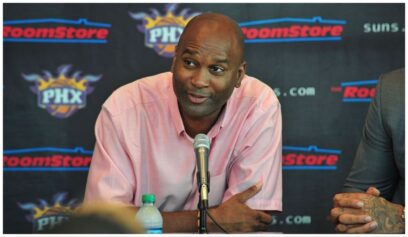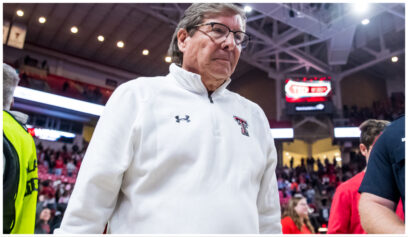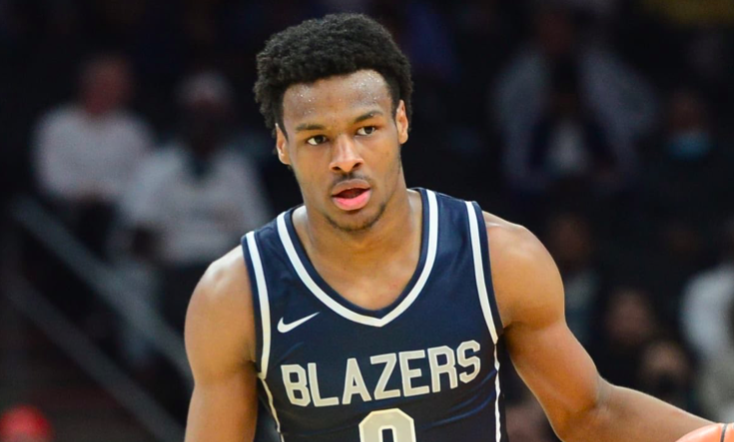Every year, weeks before March gets mad, the Central Intercollegiate Athletic Association (CIAA for short, pronounced C-I-Double A) holds its annual basketball tournament. Technically, the CIAA Tournament is another Division II basketball tournament. But anyone who has been to the tournament itself, or hung out in the host city over the course of a weekend, can tell you—it’s anything but your typical basketball tourney.
The truth is, the CIAA Tournament is bigger than basketball. It’s a cultural phenomenon and one of Black America’s national treasures. Think of it as what would happen if the Essence Fest and the NBA All-Star Game had a baby.
The CIAA has been around since 1912, but the tournament didn’t start until 1946. The first tournament was held in Washington D.C., at Turner’s Arena. As a result of resistance to integration by the majority of college programs on the East Coast, the conference was stacked with top-tier talent in those days. Over the tournament’s first decade, players like West Virginia State’s Earl Lloyd, North Carolina A&T’s Al Attles and North Carolina College’s Sam Jones came through the pipeline.
CIAA basketball was arguably at its height in the 60s, when future NBA Hall of Famers like Earl Monroe (Winston-Salem State) and Bobby Dandridge (Norfolk State) along with streetball legend Richard “Pee Wee” Kirkland (Norfolk State) thrilled fans and fascinated scouts. Teams routinely scored 100-plus points in an era without a shot clock or a three-point line.
Since then, the conference has managed to survive the deflection of its biggest schools (eight of the 13 teams in the MEAC were once CIAA members) along with the weakening of its prospect pool due to integration and its Division II status, while producing diamonds-in-the-rough like Rick Mahorn (Hampton), Charles Oakley and Ben Wallace (Virginia Union).
The CIAA is many things to many people. To the players, it’s a chance to play on a bright stage most Division II players can only dream of. To the older alumni, it’s a chance to meet up with old friends and talk about the old days and how things have changed. And to outsiders, it’s an event that brings out the biggest in the early entertainment world. To Charlotte, its current host city, the CIAA is a cash cow that pumps an estimated $40-50 million into the city over the course of five days.
Personally, I see the CIAA Tournament as a celebration of black culture and achievement. To watch a group made up of small historically black institutions take over a major city and leave a significant economic impact is a thing of beauty. To watch old friends reunite, wear their team colors and trade war stories is something that never gets old. Listening to pep bands pick on opposing players haircuts in between playing “Outstanding” is something that makes me smile.



